Welcome to LaGuardia…
Plane and Pilot
NOVEMBER 25, 2024
The RNAV approach to the 7,000-foot Runway 31 that snakes around from the Runway 4 extended centerline, loops past Citi Field, and rolls out on a tight-in final approach. Gear up,” I said, quickly followed by “select speed 180 knots, level change to 2,000 feet.” Go-around , flaps 13,” I called.


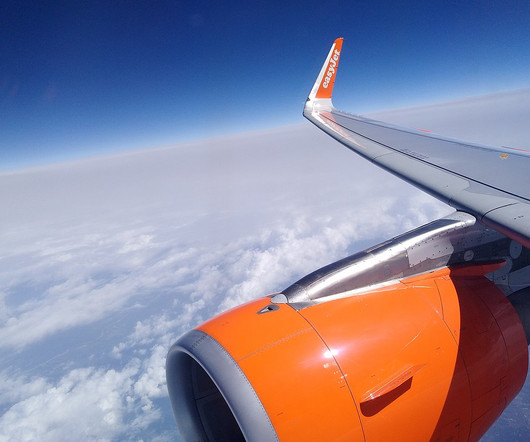
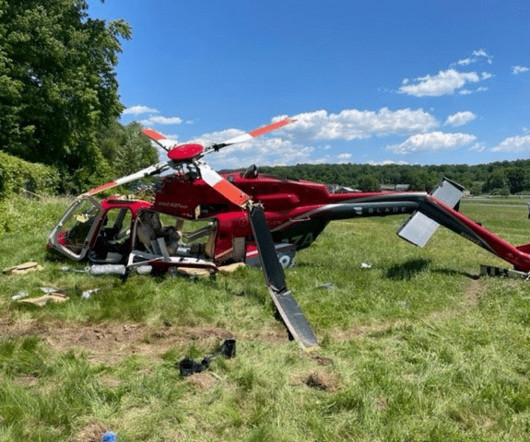
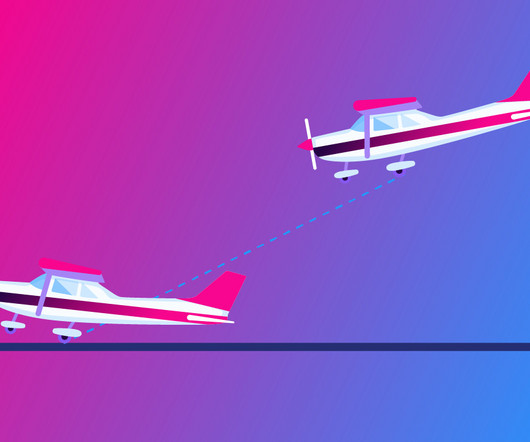

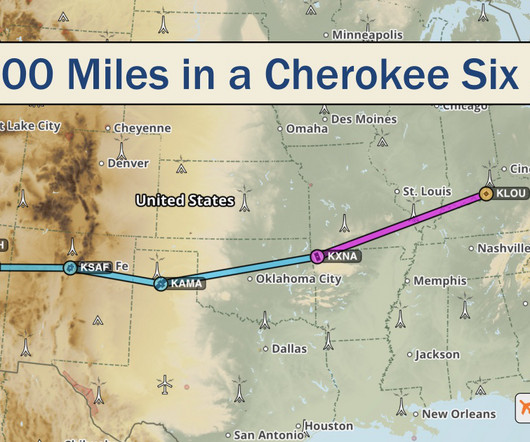
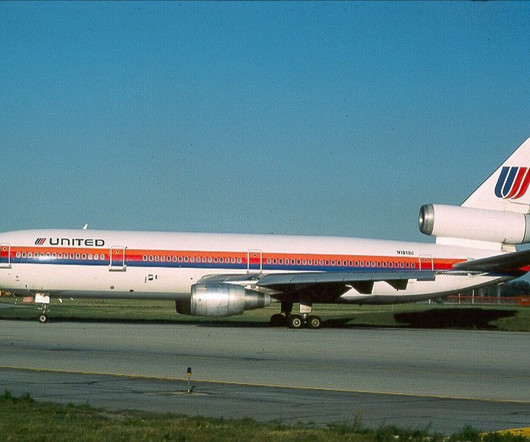








Let's personalize your content